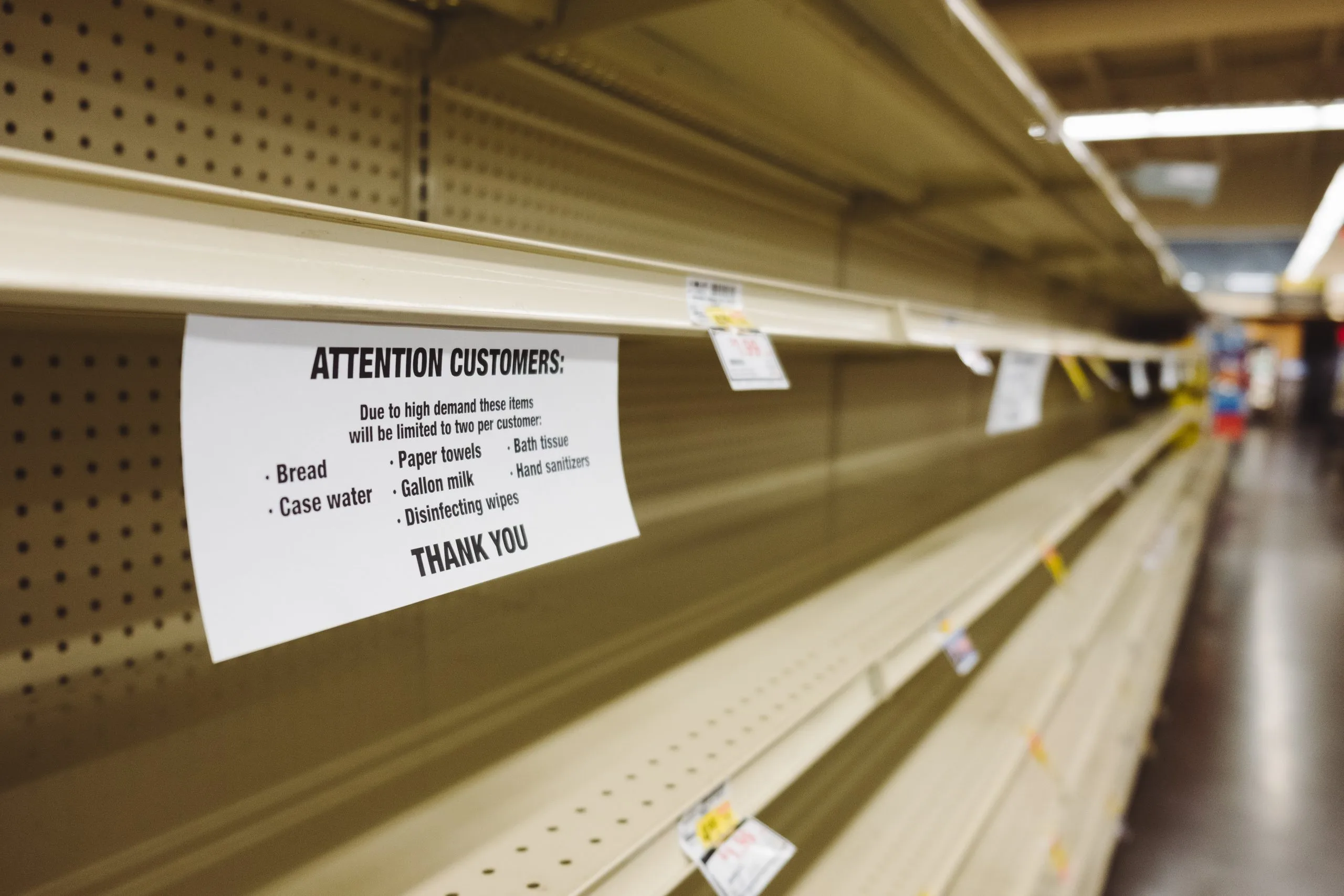
“How can I, as a company, control my dead stock as much as possible?” It sounds like a great idea to buy the same products in bulk for an extra discount, right? The danger of this is buying too much inventory, which can be difficult to sell in the long run. Another cause of dead stock is that your purchasing focus is placed on the wrong products. Extra inventory leads to more inventory costs. As a result, there’s a good chance that you’ll have little liquidity left over for things such as marketing or market research. This blog will explain what inventory costs are, how you can calculate them, and tips on how to keep inventory costs low.

How do inventory costs arise?
Keeping stock costs money. Not only does purchasing goods cost money, but also the storage. Think of stock financing, as well as the transportation to get stock from the supplier to your warehouse. These costs can be identified as: interest, room and risk. By properly mapping out these costs, you can ensure that your goods have a healthy stock value, and know whether or not you tie up cash in your stock. Keep on reading to learn what inventory costs consist of:
1. Interest
Stock is also seen as an investment. To be able to purchase new products, you can either take out a loan or invest with equity. If you choose to take out a loan, interest must be paid on the borrowed amount.
But even if you buy stock from your capital, you miss out on earnings. After all, the money that’s tied up in this could also be spent on other business activities that generate revenue.
2. Room
As soon as new goods have been delivered, they must be stored in the warehouse. Costs are also charged for the storage of goods, such as renting a warehouse, energy costs, costs for the storage racks, depreciation, maintenance and transport costs.
The latter refers to the transport of goods from the supplier to your warehouse. Space costs often also depend on the type of product, which may vary in size. If you buy larger products, this means you also need more space in your warehouse.
3. Risk
Does stock remain in your warehouse for too long? This means there’s a chance that your products will become obsolete. If you have non-perishable goods, they can also deteriorate, which means that products are no longer sellable. Goods can also discolour, dry out or wear out.
Another risk is that the purchase price of goods will drop. Competitors can take advantage of this by strategically purchasing and selling these products for an even cheaper price. This could force you to discount your products as well.
Why is inventory cost insight important?
If you want to optimize stock, it’s important to map out the current flow of goods. This forms the basis so you can calculate how much it costs to get and store stock. If you don’t have a good insight into your inventory costs, it becomes more difficult to determine which costs can be reduced first.
For example, more than 70% of turnover is determined by purchasing. By negotiating delivery terms with suppliers, you can get a better grip on interest costs. Understanding costs also ensures that you have a better understanding of how to manage capital. For example, you can cut certain inventory costs to invest money in marketing or product development.
How do you map out inventory costs
Inventory costs are generally variable and are largely expressed as a percentage of inventory value. To gain insight into the average inventory costs, you count all the costs that fall under interest, room and space. For interest costs, you can use the following formula: ½ x opening stock + intermediate stock + ½ x closing stock / number of intermediate stocks + 1.
6 tips to reduce your inventory costs
Once you have an overview of your total inventory costs, you can determine how you can get even more control by reducing unnecessary inventory costs. Here are several tips you can use.
Tip 1. Use inventory optimization software
Striking the right balance between too much and too little stock can be a challenge if you don't have the right data. Stock optimization software ensures that you receive purchasing advice based on data from different source systems. This reduces the chance of making unnecessary costs on overstock and dead stock.
Tip 2. Use inventory management methods
Want to create even more overview in selling stock? Make use of inventory management methods. These methods allow you to prioritize products that need to be sold first, ensuring that stock management is even more efficient.
Tip 3. Improve internal and external processes
Analyze the flow of goods to ensure that you can improve processes. This way, you can keep a grip on space costs by tactically dividing your warehouse based on popular and less popular products.
Tip 4. Ensure better cooperation with your suppliers
By conducting good supplier management, you ensure that you get maximum value from the partnerships with your suppliers. Good delivery reliability ensures that you avoid lost sales. You can keep interest costs low in the long term by making agreements about payment terms.
Tip 5. Monitor your delivery times and stock positions
To calculate optimal stock levels, take into account delivery times to replenish your stock. When you respond to this, you have to work less with safety stocks. Having a buffer stock is nice, but it entails costs and risks.
Tip 6: Also steer on less popular products
Sometimes, you may buy too much from suppliers. There is also a chance that these are products that will not sell so well in the long run, resulting in dead stock. Use marketing campaigns to combine slow-selling products with your fast-selling items to make them more attractive as upsells.
Reducing inventory costs means that you have more capital to spend on growing your business. By looking closely at your inventory costs, you know where you can cut costs. You will also keep your inventory balanced and ensure that you do not incur unnecessary costs.
Veelgestelde vragen beantwoord
Heb je nog vragen over Optiply? We hebben de meest gestelde vragen voor je op een rij gezet.









.webp)

.webp)